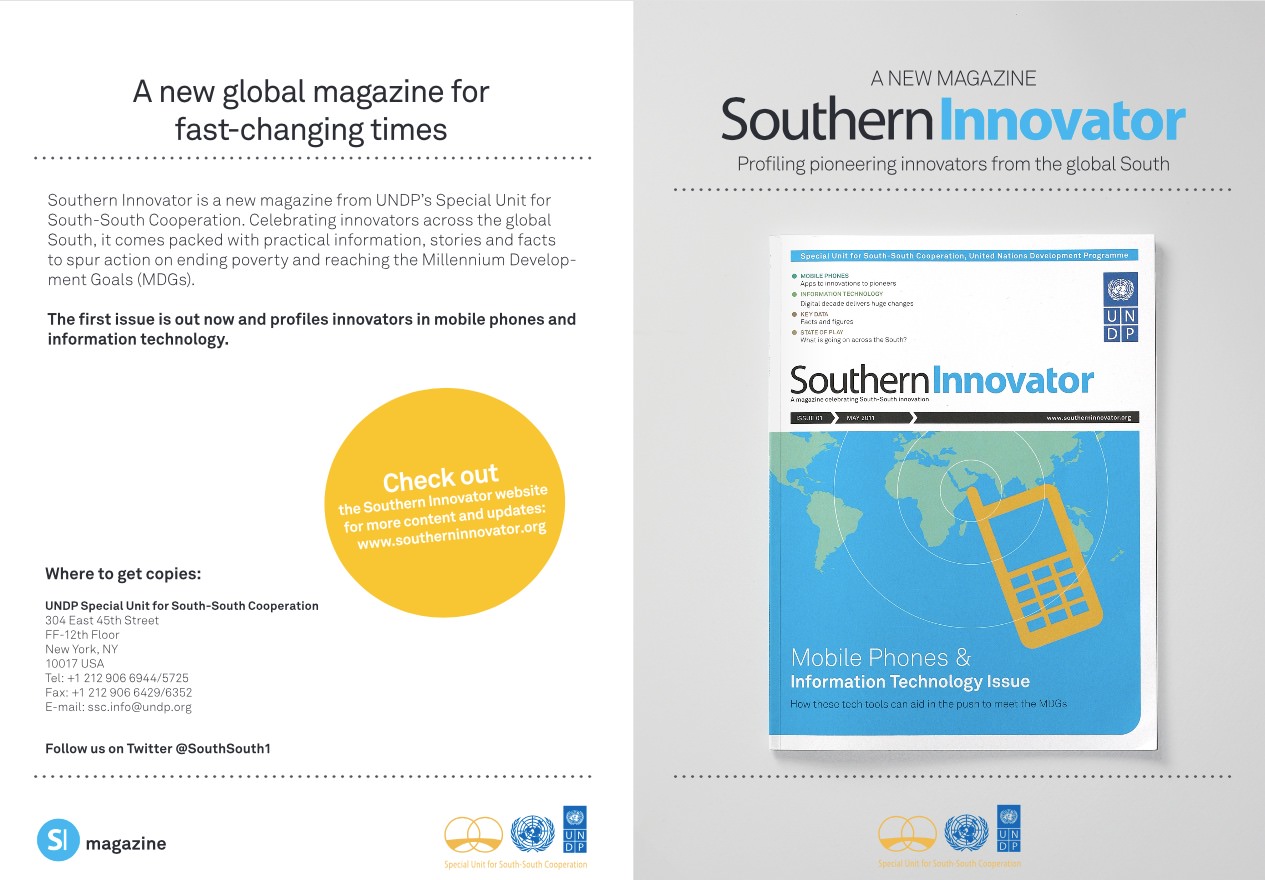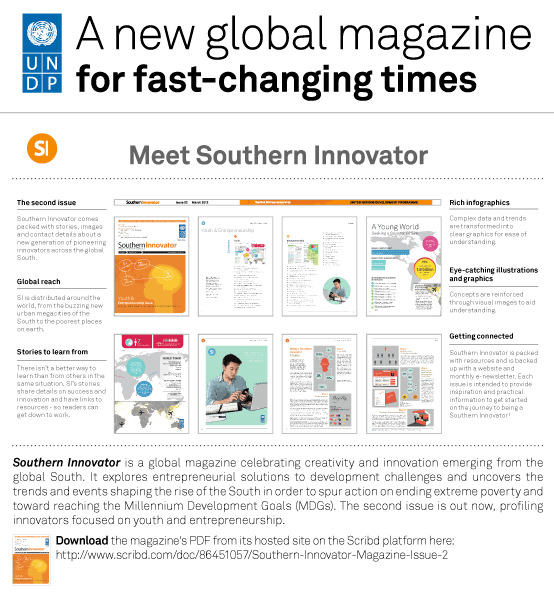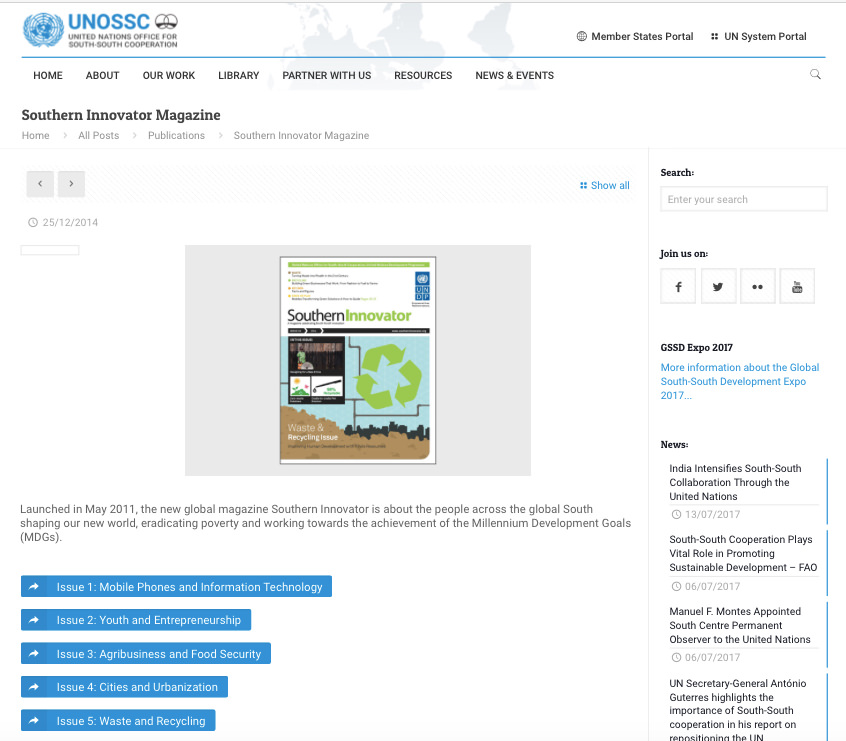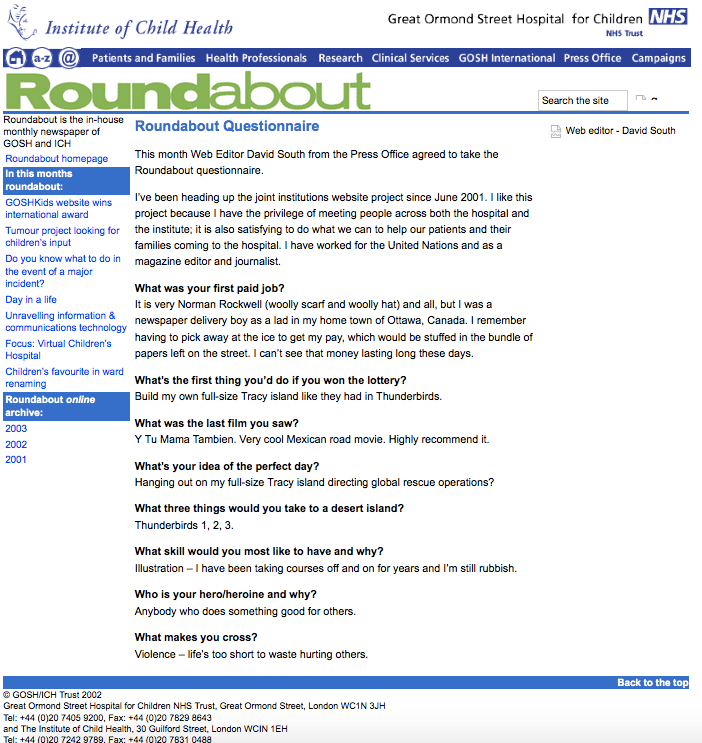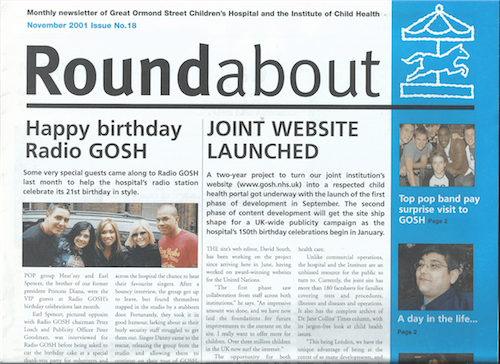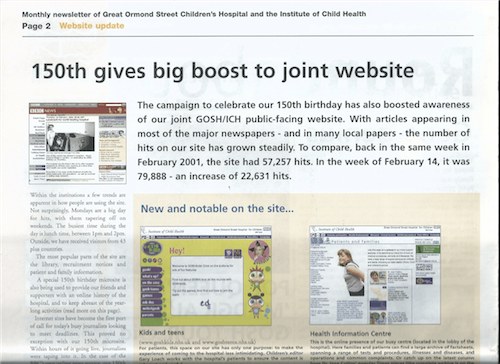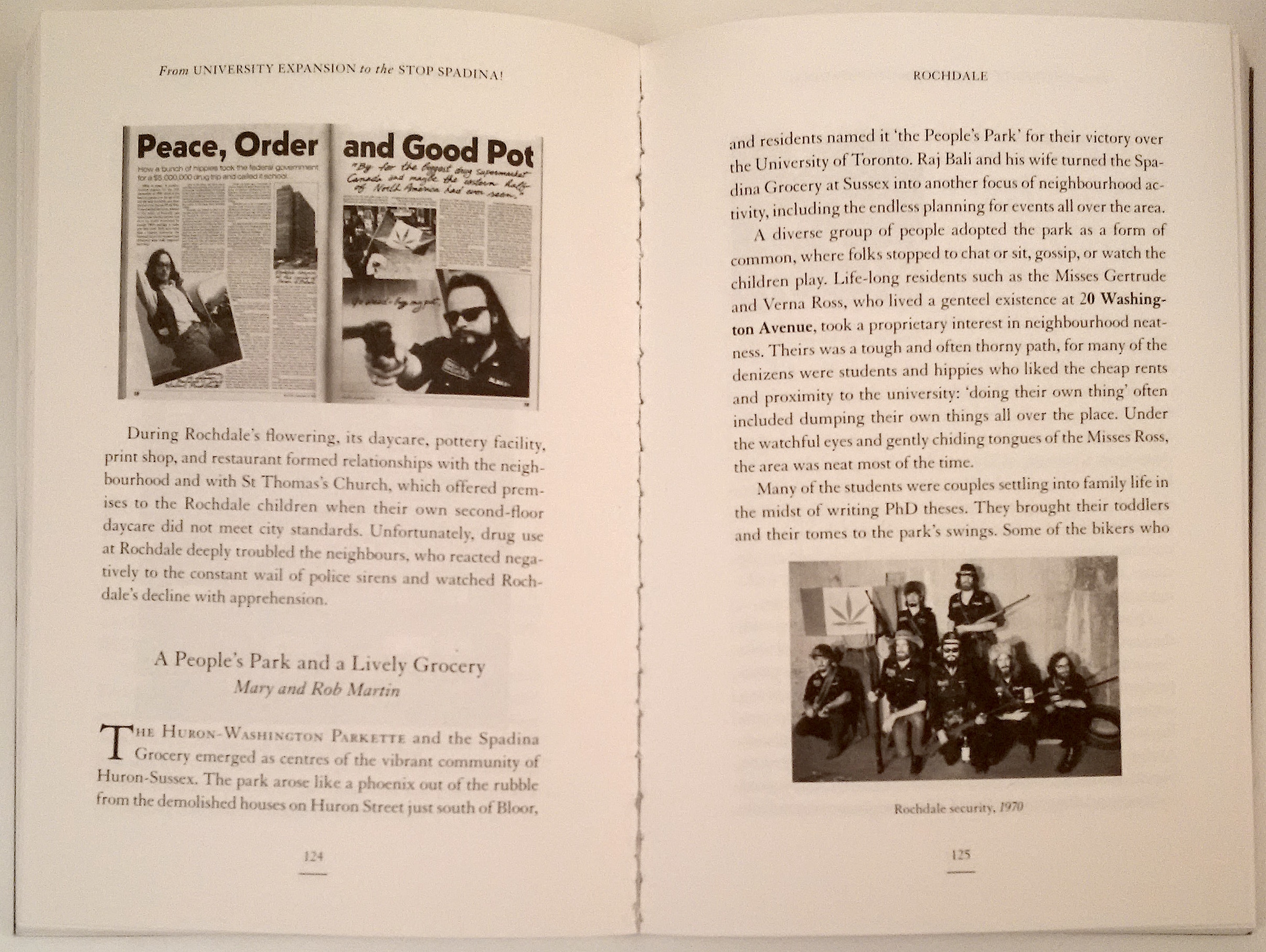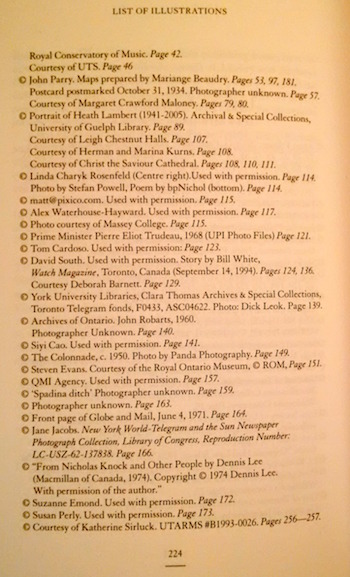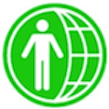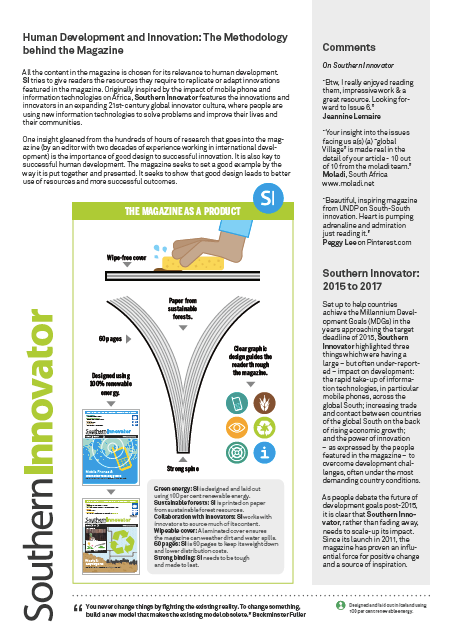
How we work is as important as the results we get. In fact, we believe it shapes the result. Get the journey to the goal right, and the goal will be better for it; more substantial, more effective, more long-lasting. We have developed a methodology and way of working that can take complex and complicated mandates and turn them into clear achievements.
Through our case studies, we show how messy, complex and often conflicting mandates are re-shaped into substantial achievements that inspire others. We have done this for large institutions undergoing great stress and transformation (usually in some way brought on by digital change), and for smaller organizations and start-ups.
Modern organizations are diverse, often under stress, and buffeted by shifting political demands.
We understand complexity is the norm for any organization working with highly educated professionals seeking to be leaders in their field. If you do not engage them, they leave for greener pastures.
We listen, we review the mandates and research the data; we get to know the players and stakeholders; and then we act, with the staying power and focus required to get substantial results. It has made many of our past clients’ careers - and money.
This includes offering strategic support to senior large institution leaders, including high-profile women leaders and senior UN officials and healthcare professionals.
For example, we have twice helped in making UNDP (the UN’s development agency) relevant to the digital era, adapting to the new way of doing things, in particular how young people can be better engaged. We have worked in a major crisis in Asia, during rapid transformation to the UK’s National Health Service (NHS) (being called a “role model”), and with a wide range of clients, from youth media start-ups to a prestigious academic research institute.
Quick to spot trends and consistently viewing them from a human development perspective (UNDP’s development methodology, which is championed every year in its global and national human development reports), DSC/DSI was able to build a respected profile and brand for the United Nations, while drawing others into the innovation and South-South space, making it ‘cool’.
When this work had started at the end of 2006, there was very little coverage online and in the media of the quiet solutions revolution in the global South; today there are many services, media outlets and websites covering stories on the global South and innovation. Examples include The Guardian, SciDev, Devex, Planet Earth Institute, Quartz, etc. And the innovation message has been picked up by governments around the world.
While consulting for UN missions in the early to mid-2000s, we had noticed a disconnect between how development was being done and what was happening in information and mobile technology and its potential.
As far back as the late 1990s in Mongolia (then embroiled in a major crisis), DSC/DSI was able to leverage the emerging Internet and information technologies to address the crisis response. Called a “role model” for other UN missions in a global UN assessment, this work inspired the wider UN to alter its approach to these new technologies and capabilities.
During several years of working as a consultant in various UN missions around the world, we also noticed further disconnects. The rapid take-up of mobile phones being the most important. This had gone on quietly but it was revolutionary in what it could do for development. In fact, it was clear there was a quiet revolution happening in how people solved problems and dealt with the problems in their lives and it had little to do with ‘high-level’ declarations or elaborate plans. Instead, people were adapting these new technologies and potentialities to solve their problems organically: how to make money, how to support their families, how to get an education and learn, how to live in the rapidly urbanising world of their lived experience.
In 2007 we were hired by the UN’s then-Special Unit for South-South Cooperation (now the United Nations Office for South-South Cooperation) to document this quiet revolution and champion its innovators and pioneers.

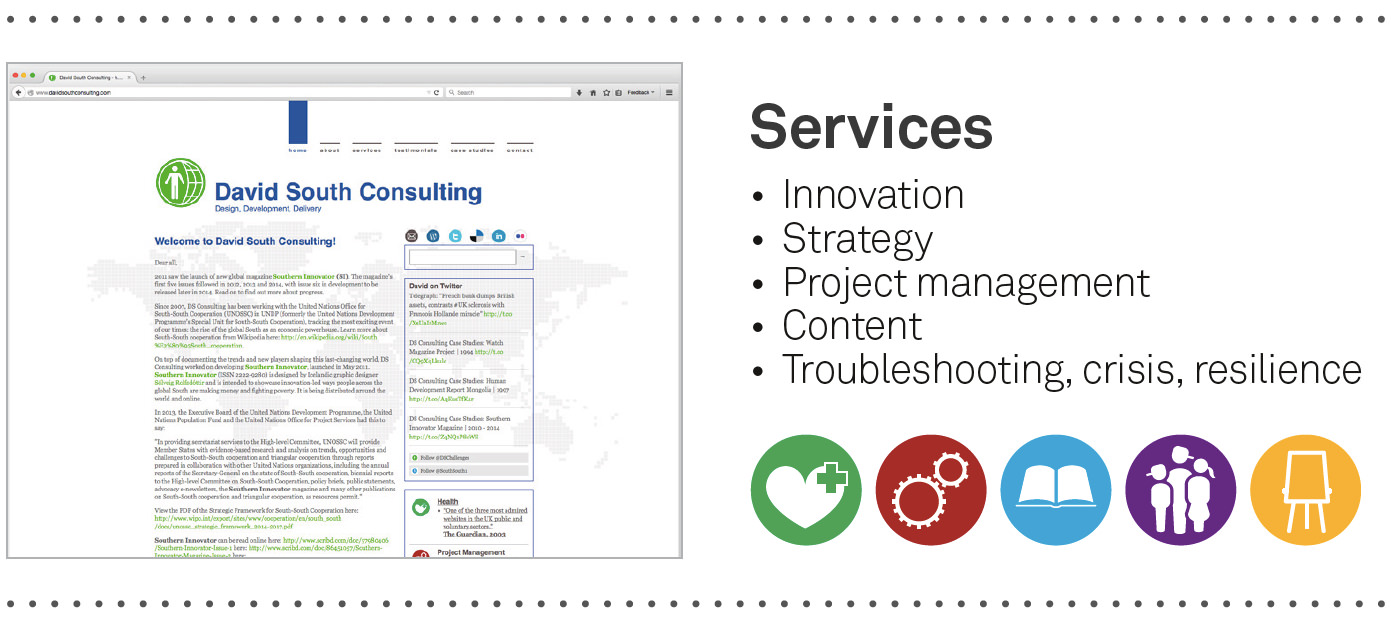

© David South Consulting 2017
 Sunday, September 24, 2017 at 4:39PM
Sunday, September 24, 2017 at 4:39PM 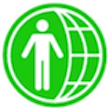
![]()
 Senior Partner David South. Photo: Jill Lawless.
Senior Partner David South. Photo: Jill Lawless. Graphic Designer and Illustrator Solveig Rolfsdottir.
Graphic Designer and Illustrator Solveig Rolfsdottir. 2011-2014,
2011-2014,  David South,
David South,  Issue 1,
Issue 1,  Issue 2,
Issue 2,  Issue 3,
Issue 3,  Issue 4,
Issue 4,  Issue 5,
Issue 5,  Southern Innovator Magazine,
Southern Innovator Magazine,  digital,
digital,  innovator,
innovator,  mobile phones and information technology,
mobile phones and information technology,  pioneer in
pioneer in  21st century,
21st century,  Agenda 2030,
Agenda 2030,  Agenda 21,
Agenda 21,  Cosmas Gitta,
Cosmas Gitta,  David South Consulting,
David South Consulting,  Digital,
Digital,  GSSD,
GSSD,  GSSD Expo,
GSSD Expo,  Geopolitics,
Geopolitics,  Health and Human Development,
Health and Human Development,  ICT4D,
ICT4D,  International Development,
International Development,  Knowledge Sharing,
Knowledge Sharing,  Media,
Media,  Millennium Development Goals,
Millennium Development Goals,  Mobile Phones and Information Technology,
Mobile Phones and Information Technology,  Mobiles,
Mobiles,  Southern Innovator,
Southern Innovator,  Sustainable Development Goals,
Sustainable Development Goals,  UNOSSC,
UNOSSC,  Youth
Youth 